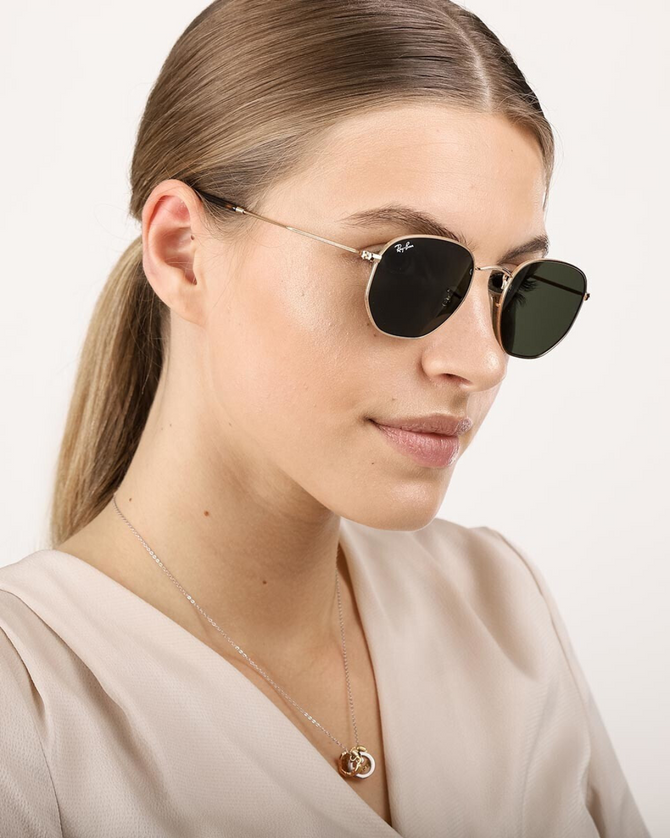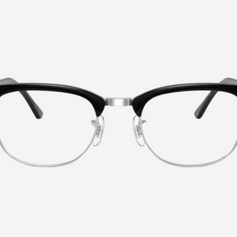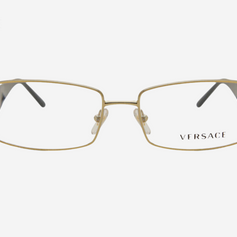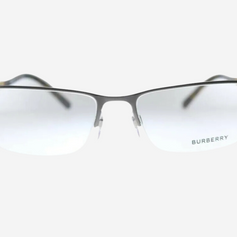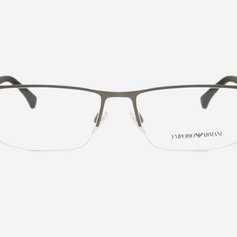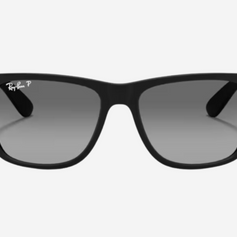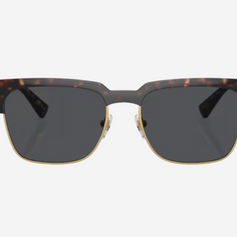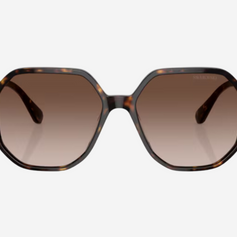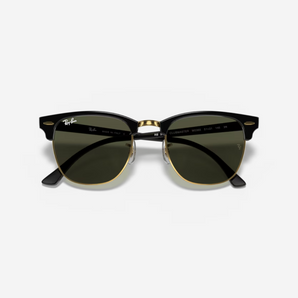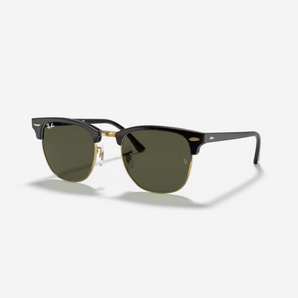Dry Eyes
Dry eye is a condition which is caused by tear deficiency or excessive evaporation. Our eyes need tears to stay healthy and comfortable. Dry eyes is fairly common condition caused by many factors and affects millions of people worldwide. It is more common in women and particularly postmenopausal. This increases significantly to 75% to 80% for the contact lens wearers and LASIK patients.
Tears provide lubrication to our eyes. Tears can be inadequate for several reasons; this means that dry eyes may occur if you do not produce enough tears or if you produce poor quality tears.
Wearing mask for prolonged period causes dry eyes as well. Face masks significantly reduce the spread of air outwards from the mouth and nose. However, exhaled air still needs to disperse; when a mask sits loosely against the face the likely route is upwards. This forces a stream of air over the surface of the eye, creating conditions that accelerate the evaporation of the tear film, like a steady breeze blowing over damp skin. When masks are worn for extended periods, this repeated evaporation may lead to dry spots on the surface of the eye. Prolonged use of face masks in air-conditioned locations may also trigger in MADE (Mask associated Dry Eyes).
The Tear Film
When you blink, a film of tears spreads over the eye. This keeps the eyes surface smooth and clear. This film is very important for good vision.
The tear film is made of three layers:
- Lipid (oily) layer
- Aqueous (watery) layer
- Mucus layer
- Lipid layer is the outside of tear film. It arises from the shallow reservoir of lipid at the lid margins and spread onto the tear film with each blink. It makes the tear surface smooth and keeps tears from drying up too quickly.
- Aqueous layer is the middle of the tear film. It forms the bulk of the tear film and contains salts and large range of proteins derived from the lacrimal gland and conjunctiva. This layer cleans the eye, washing away particles that do not belong in the eye.
- Mucus layer is the innermost layer of the tear film. The goblet cells of the conjunctiva secrete a gel mucin into the tears, which interacts with the glycocalyx and performs a lubricating function between the lids and globe. This layer helps spread the watery layer over the eye’s surface, keeping it moist. Without mucus, tears would not stick to the eye.
Functions of the Tears:
The tear film has several functions.
- First, it is vital to the health and integrity of the underlying corneal epithelium.
- It hydrates and protects the surface of the eye.
- It reduces friction on blinking
- Enhances oxygen to cornea
- Removes waste and cell debris
- Protects against infection
Symptoms of Dry Eyes:
- A stinging, burning, or scratchy sensation in your eyes.
- Stringy mucus in or around your eyes.
- Sensitivity to light
- Eye redness
- A sensation of having something in your eyes
- Difficulty wearing contact lenses
- Difficulty with nighttime driving
- Watery eyes, which is body’s response to the irritation of dry eyes
- Blurred vision or eye fatigue
When to see a Doctor
If you have had prolonged signs and symptoms of dry, tired eyes. Or if your eyes are red, irritated and painful for long time. Your doctor can identify if something is bothering your eyes or they can refer you to a specialist.
Causes of Dry Eyes
Dry eyes are caused by a lack of adequate tears. For some people, the cause of dry eyes is decreased tear production. For other it’s increased tear evaporation and an imbalance in the makeup of your tears.
Some other causes of dry eyes are as follows:
- Certain diseases, such as rheumatoid arthritis, Sjogren’s syndrome, thyroid disease, and lupus.
- Blepharitis (When eyelids are swollen or red)
- Entropion (when eyelids turn in); ectropion (when eyelid turn outward)
- Being in smoke, wind or very dry climate
- Looking at a computer screen for a long period of time, or reading and other activities that reduces blinking
- Using contact lenses for a long time
- Having refractive eye surgery, such as LASIK
- Taking certain medicines, such as:
- Diuretics (water pills) for high blood pressure
- Beta-blockers, for heart problems or high blood pressure
- Allergy and cold medicines (antihistamines)
- Sleeping pills
- Anxiety and antidepressant medicines
- Heartburn medicines
Prevention
If you are suffering from the dry eyes condition, pay attention to the situation that’s causing dry eyes. Then you can find ways to avoid these situations –
- Avoid air blowing in your eyes – Don’t direct hair dryers, car heaters, air conditioners or fan toward your eyes.
- Add moisture to the air – In winter a humidifier can add moisture to dry indoor air.
- Take eye breaks during long tasks – If you are reading or doing any task that requires visual concentration, take periodic eye breaks. Close your eyes for a few minutes. Or blink repeatedly for a few seconds to help spread your tears evenly over your eyes.
- Position your computer screen below eye level – Position your computer screen below your eye level so that you don’t have to open your eyes wide as opposed when your computer screen is above eye level. This may help slow the evaporation of tears between eye blinks.
- Stop smoking and avoid smoke – Smoke can worsen dry eyes symptoms.
- Use artificial tears regularly.

